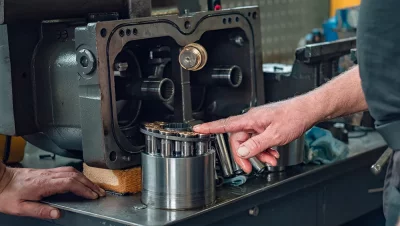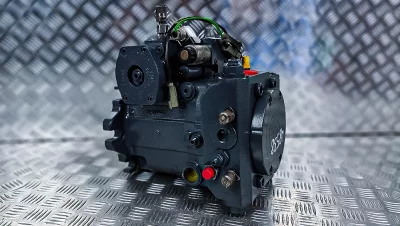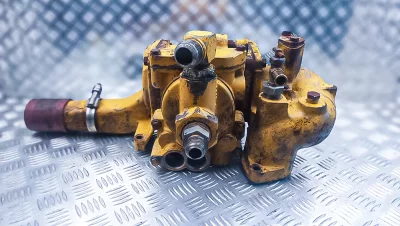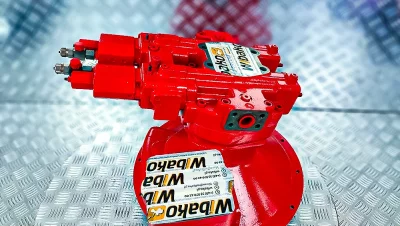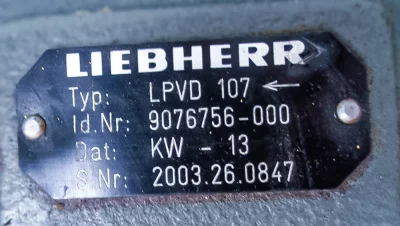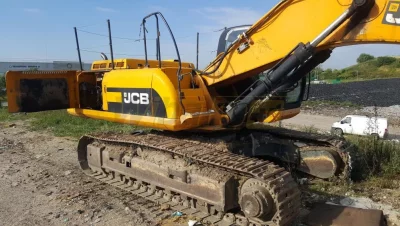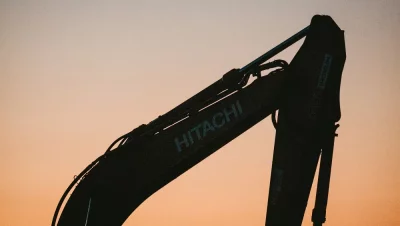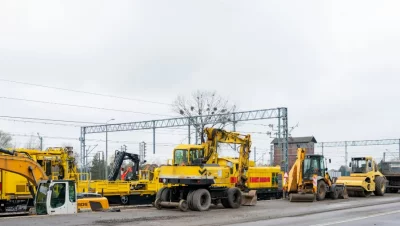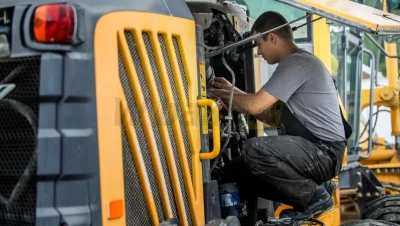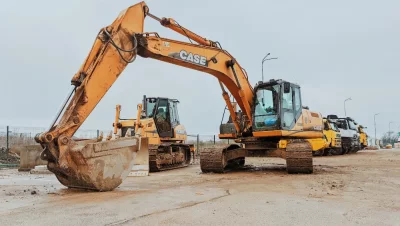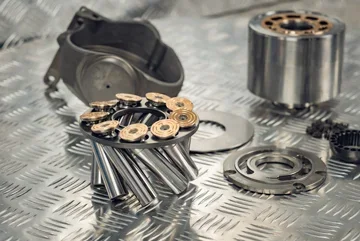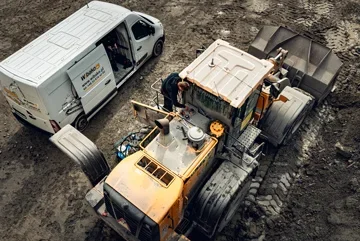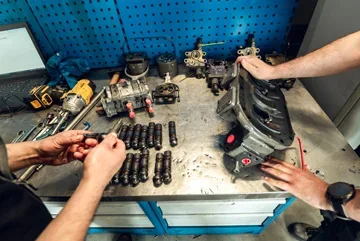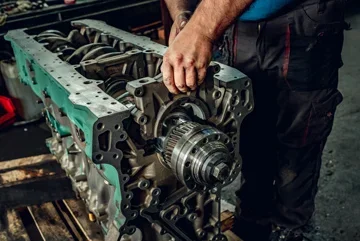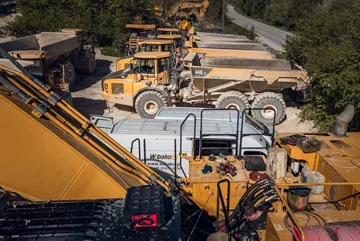Drive systems - basic information
In the 21st century, a construction machine is primarily required to have efficiency and high comfort of work, both of these factors largely depend on the efficiency of the drive system.
It is made up of several key elements, the design of which has been significantly improved over the last few decades - we write more about this in our guide.
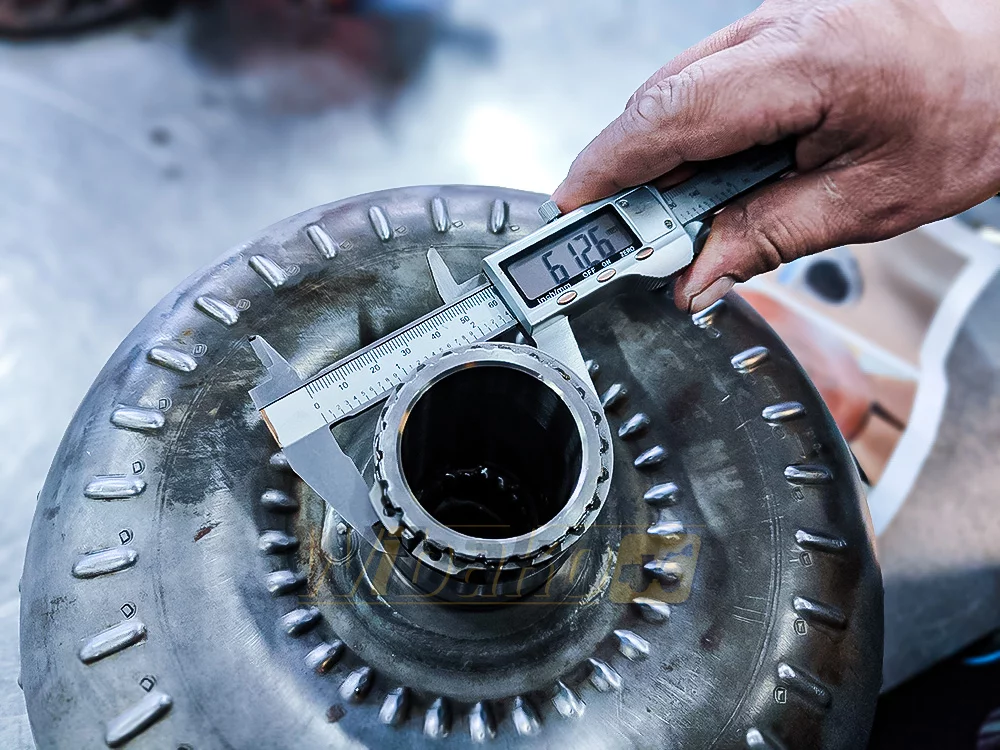
Hydrostatic transmission - principle of operation
Hydrostatic transmission is one of those elements without which it is really hard to imagine the drive system of a modern machine, especially loaders or bulldozers.
This technical solution was developed as early as the 1960s, but the currently used transmissions significantly differ from their prototypes.
The operation of the hydrostatic transmission is based on the use of the pressure difference between the pump and the hydraulic motor.
Use of hydrostatic transmission
Translating theory into practice - in the case of wheeled machines, power is transferred to the differential system of bridges via a reduction gearbox, and in tracked machines we find a system consisting of several pumps and hydraulic motors and two or more reducers.
It is also worth mentioning that in the hydrostatic transmission an open or closed system pump is used - the difference is that in the first type the oil stream is directed to the hydraulic drive motor via a distributor.
Every owner of a modern construction machine will certainly appreciate the fact that the hydrostatic transmission can significantly improve the comfort of work and contribute to increasing the efficiency of the equipment.
However, there are concerns about the durability of the construction - some users even claim that the transmission is the element particularly exposed to unexpected failure.
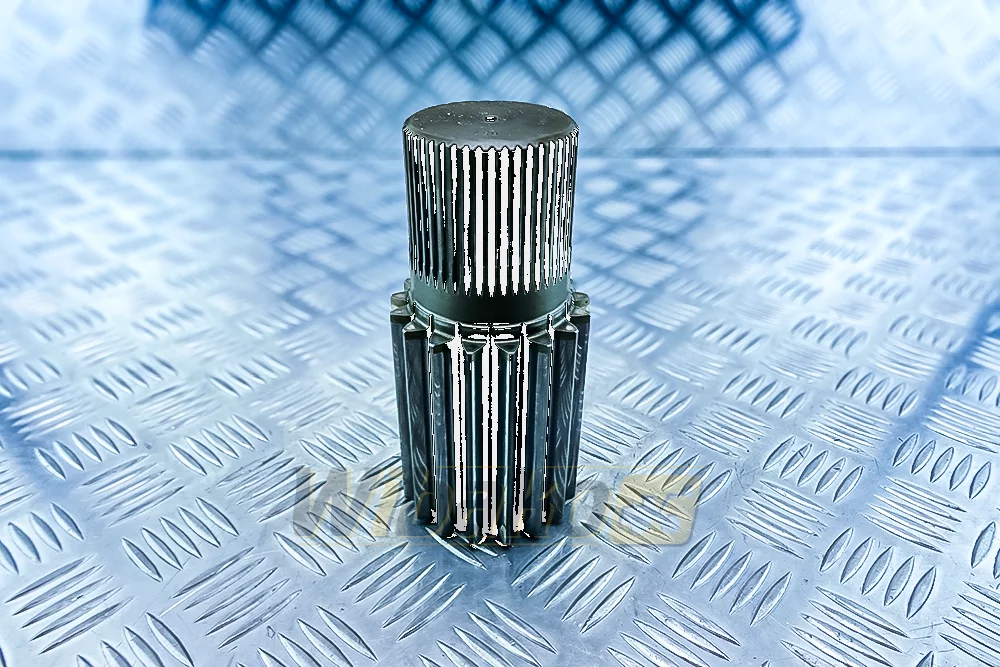
Use and maintenance of hydrostatic transmission
However, such claims must be answered: it depends. It is mainly the owner of the machine and the way it is used that determines whether the hydrostatic transmission will cause problems.
The basis is regular servicing of the system and checking the quality of the hydraulic oil (it cannot overheat, it must be perfectly clean, its condition must be monitored).
Any neglect in this area increases the risk of failure, so it is worth regularly commissioning service activities of the hydrostatic transmission. A functional system guarantees excellent working properties of the machine, as well as reduces fuel consumption, tire and brake wear.
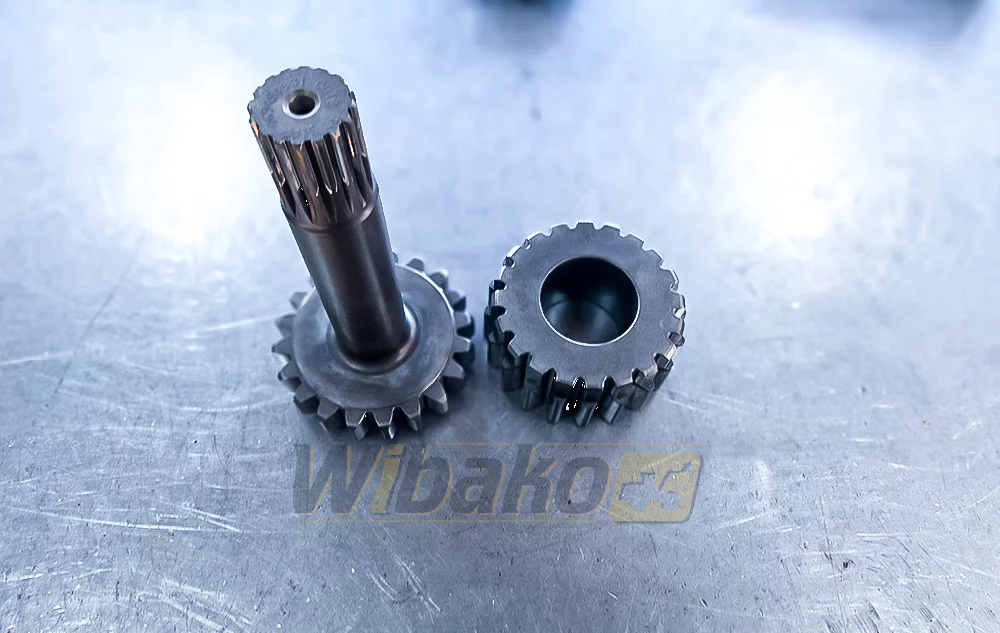
Automatic gearbox: convenience, but also efficiency
An automatic transmission is not a rarity today, and can even be considered as standard equipment of a modern construction machine.
This element of the drive system has a huge impact on the comfort of the operator's work, relieving him of the obligation to independently select optimal gear ratios, and experience shows that an electronically controlled gearbox does this better, faster and more precisely.
The automatic gearbox shows its full potential in difficult terrain, when electronics without a problem will find such a gear ratio that will allow free overcoming of e.g. a difficult climb - this works particularly well in wheel loaders, where in addition to the hydrokinetic clutch we will also find reducers.
The drive systems of modern construction machines are built in such a way as to guarantee excellent working parameters on the one hand, and to provide the operator with maximum comfort of work on the other.
However, let's remember that an advanced construction requires professional servicing, which should not be neglected, so as not to lead to unnecessary failures and downtime.



